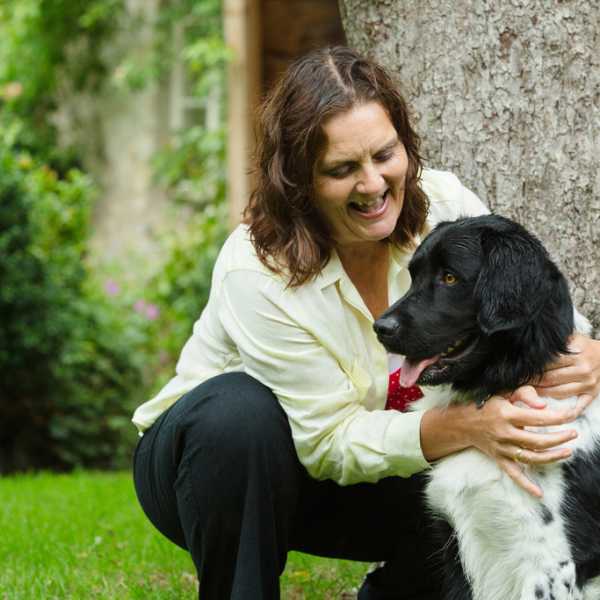
Bonding with other people's pets - tips and advice for homesitters
Posted on 22 November, 2022

Photo by Andrew S on Unsplash
Being a homesitter is a rewarding experience as it’s the opportunity to spend time with animals. Most of our homesitters decide to take on the role as they love animals, but they don’t want the responsibility of pet ownership. This is usually because they are retired and want the freedom to travel more without being tied down with a pet.
Homesitting can offer the best of both worlds, especially for our homesitters that have regular clients and who get to form close bonds with the pets that they look after. The most common type of pet we look after are dogs and cats, but our homesitters have also looked after many other types of pets from pot-bellied pigs to llamas, chickens to tortoises.
Getting to know the pets and forming a bond is a key part of the role. We’ve shared a few tips below for bonding with dogs and cats as these are the pets homesitters are most likely to encounter:
- Always do the assignment preliminary meeting – this will enable the prospective homesitter to meet the dog or cat whilst the owner is there and for them to make the introductions.
- Ask questions – in the preliminary meeting ask lots of questions about the pet’s usual behaviour, their feeding and grooming routine and favourite walks (dogs). It’s important to understand as much as possible about the pet you will be looking after.
- Go at the pet’s pace – on arrival on day one of the assignment be mindful that the cat or dog may be a bit nervous or upset if their owner goes away. If they don’t want to interact just let them be, and wait for them to feel settled before approaching.
- Respect boundaries – when meeting dogs and cats for the first time respect their boundaries. With dogs don’t reach straight for their head to stroke them, hold out your hand, let them sniff it and if they are happy pet them gently on the back or shoulders. Same goes for cats to a degree but it is always best to let the cat come to you first rather than going to them.
- Take the dog for a walk – with dogs taking them for a walk soon after you arrive could help them start to bond with you. Take some treats, leave them on the lead if instructed and head off on a familiar walk. After a walk it’s likely the dog will be calm and happy, and will probably have forgotten his/her owners have left!
- Don’t be too loud or make sudden movements – it’s important to keep voices at a normal level and not crash about too much. Dogs and cats can be sensitive to noise so until they get to know you it’s important to act in a calm manner.
- Stick to the pet’s routine – take on board what the owners have said and stick to the pet’s usual routines. This includes usual feeding times and for dogs their walking and toilet times. Keeping things familiar can help pets feel safe and secure.
- Don’t teach the dog new tricks - leave your training techniques at home! Remember with dogs that they are not your own and they may not understand training methods you’ve used in the past. Don’t confuse the dogs by trying to train them to do something new. Stick to whatever the owner has asked you to do.
- Keep a pocket of treats – for both dogs and cats it’s a great idea to praise them and give them a few treats here and there. It will help them accept you and start to bond with you. Take treats when out walking with dogs, especially if they are allowed to go off lead as it can help reinforce their ‘recall’ back to you.
- Finally enjoy spending time with the pets – it usually won’t take too long for dogs and cats to get used to you being in the house and star greeting you like one of the family. Enjoy this time as this is one of these most rewarding things about homesitting!
For more information about home and pet sitting click here.
Tags:



